Overview
Gill Park as I define it is a neighborhood within the Lakeview community area. It is bounded by Irving Park Road to the north, Lake Shore Drive to the east, Addison Street to the south, and Sheffield Avenue to the west. It is roughly square in shape, being approximately 159 acres, or .25sq mi. This is a small enough area that one can walk from one side to the other in ten to fifteen minutes. This would be small enough to be considered a neighborhood in many traditional definitions, as journeys within the neighborhood would not require the use of a car in most cases.
This area according to Social Explorer contains somewhere in the ballpark of fifteen to seventeen thousand people. While this is larger than many who study neighborhoods would say a neighborhood can be, it is also much smaller than neighborhoods that are often referred to colloquially, such as Lakeview itself.
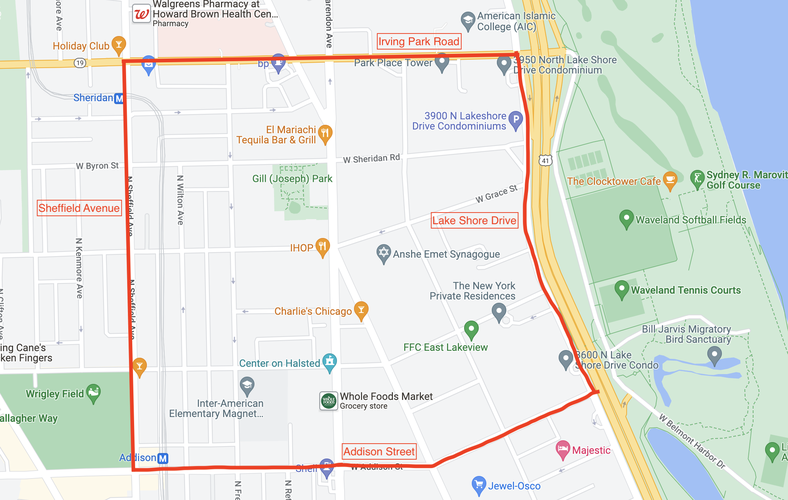
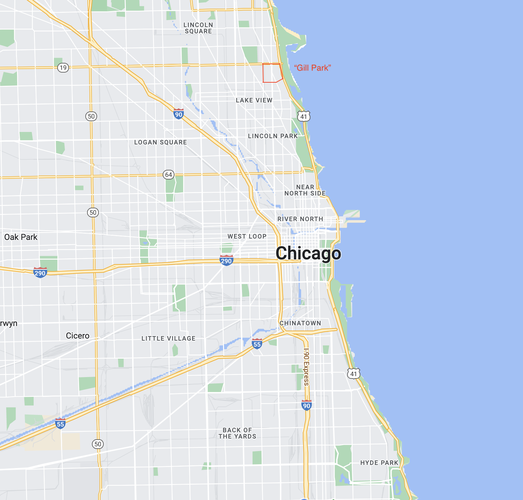
Gill Park is interesting in that it is not really defined as being a neighborhood officially in any way. It falls on the edge of two community areas, is surrounded by more identifiable and arguably charismatic neighborhoods like Wrigleyville and Boystown, however I believe Gill Park does have its own identity. While it does not have anything bearing the name Gill Park, besides the namesake public park, it does stand out as being a unique area, and the things identifying itself as such are a little more subtle and relational. One thing that makes this neighborhood so unique is the number of small grocery stores. There seems to be one on almost every block at times. While there are larger chains such as a 7/11, Whole Foods, and Walgreens, there are also small, independently run stores that have snacks, drinks, alcohol, and daily necessities. These small stores are not as common in surrounding areas, giving Gill Park a unique feeling.
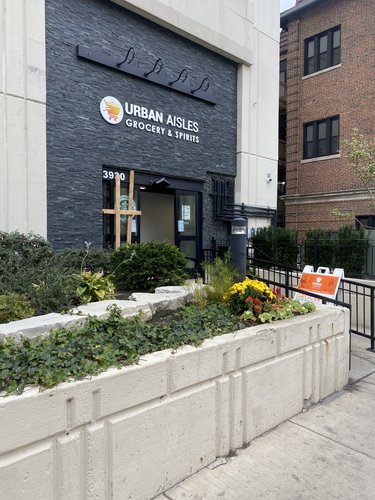
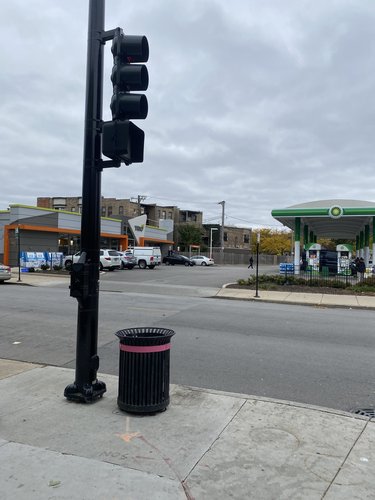
There are also very few chain stores in general in the neighborhood, with lots of small businesses giving the area a unique character as opposed to the more commercialized and generic feeling of Wrigleyville. Additionally the transit connections of the neighborhood are very evident, and give the neighborhood a feeling of being at the center of everything. All parts of the city can be reached in a breeze by hopping on the red line, or catching an express bus downtown.
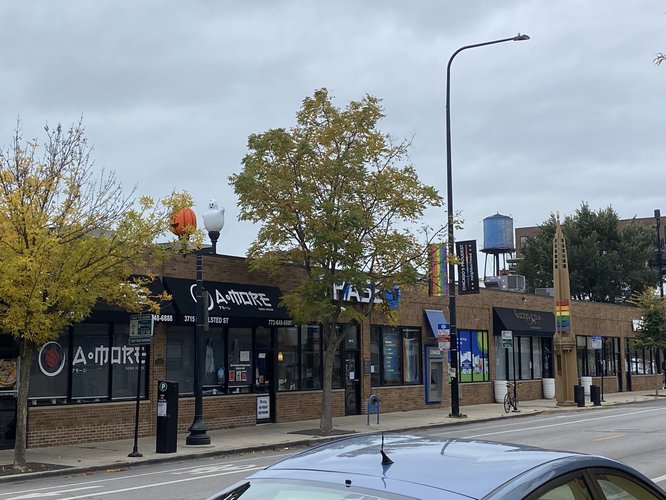
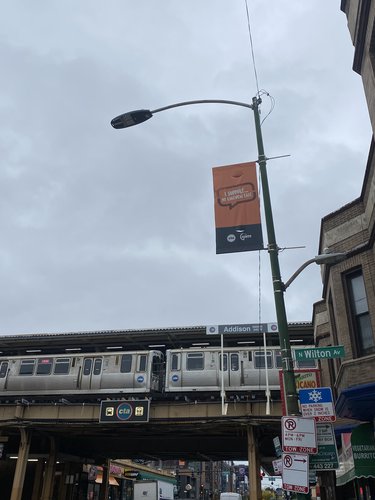
Another identifying feature of the neighborhood can be seen in the numerous pride flags found throughout the neighborhood, both on lamp posts and in business and residence windows. Gill Park, while technically encompassing part of the Boystown/Northalsted neighborhood, feels markedly different from areas further south in the heart of Boystown. While still having a high LGBTQ population, Gill Park has fewer bars and stores catering specifically towards LGBTQ patrons, giving the neighborhood a less commercial or touristy feel.

While being a fairly linear neighborhood, with businesses along a central street and residences around the outside, there are a few places that could be identified as centers of the neighborhood. One place would be the namesake Gill Park. This public park has a playground and an open field, as well as fieldhouse with a pool and other facilities. People can be seen here playing with their children, walking their dogs, or exercising. Another place would be one block south at the intersection of Halsted Street, Grace Street, and Broadway. This five-way intersection while not really hosting any central meeting place feels like a pedestrian transit hub for the neighborhood. Another location central to the neighborhood is the Center on Halsted, an LGBTQ community center serving the neighborhood and located above a Whole Foods. This serves as a meeting point of people from all walks of life, with many people passing through on a daily basis.
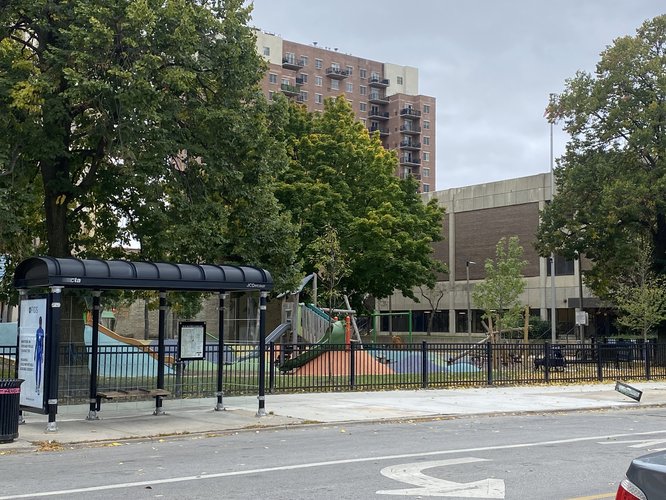
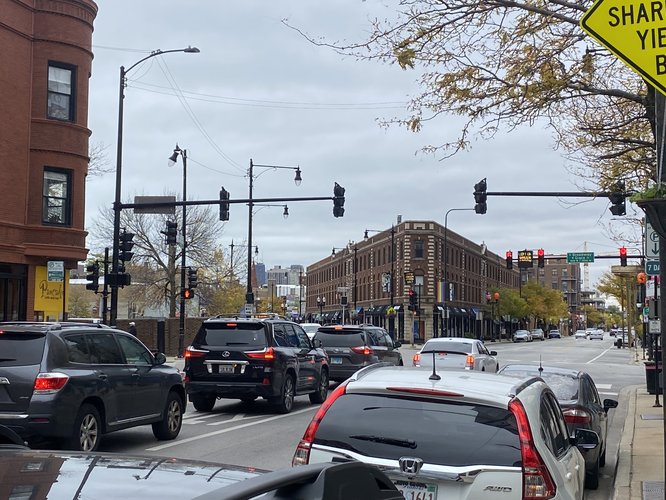
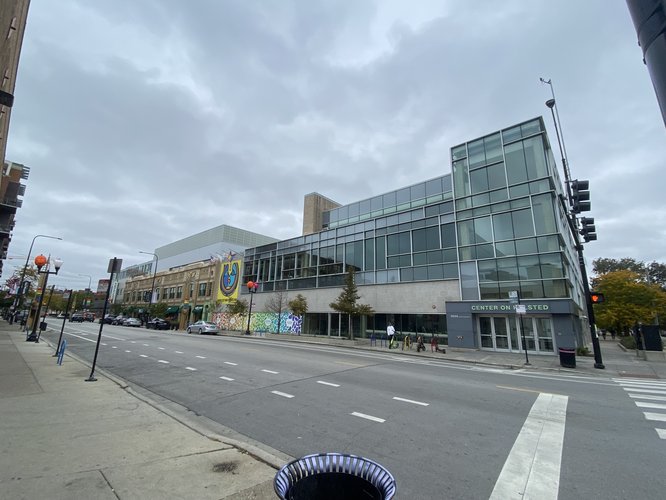
For my comparison layers, I’ve chosen to look at census tracts, aldermanic wards, and neighborhoods as determined by the City of Chicago Department of Tourism. My definition of Gill Park fits surprisingly well with census tracts, being made up of tracts 608, 610, and most of 609 and 8321. In terms of wards Gill Park is split, with most of the neighborhood falling in the 46th ward, which encompasses areas further north such as Buena Park and Uptown, and a small portion falling into the 44th, which is the Lakeview/Wrigleyville ward. It is perhaps this split that partially explains why Gill Park feels different from Wrigleyville, Boystown/Northaslted, or Lake View East. In regards to the Department of Tourism’s neighborhood boundaries, Gill Park encompasses the northern end of Boystown, but mostly falls into the quite large Lake View neighborhood. It is abutted by the Wrigleyville neighborhood to the west and Uptown to the north in this definition of neighborhood.
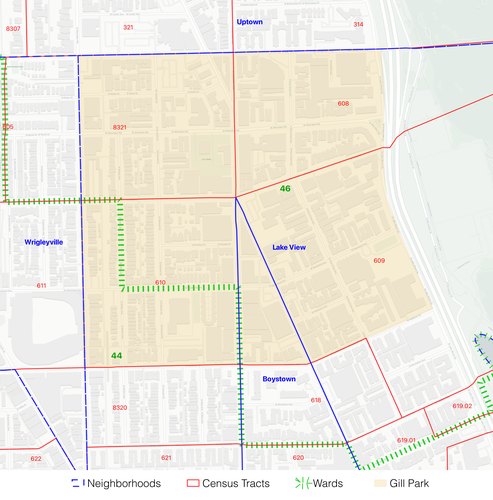
For my diagram I wanted to capture the elements I think are most important to the neighborhood, as in the places that residents of the neighborhood would be visiting the most. One of the most defining features of Gill Park is how well connected it is. The CTA redline runs through the western side of the neighborhood, and two stops are easily accessible to the residents. There are also at least eight CTA bus routes that run through or next to the neighborhood, making it possibly one of the most connected areas outside of downtown. Thesee transit lines are utilized by thousands of people every week to get to jobs downtown, and generally get around the city. Also a prominent feature of the neighborhood are five schools located in or next to the neighborhood, with another located a few blocks outside the boundary I’ve defined. This is a particularly high concentration of schools for one small area. Two other key features of the neighborhood are the number of grocery/convenience stores (both large chain stores and small corner stores) and gyms. These places are frequented by residents, allowing this small area to support at least thirteen grocery/convenience stores, and nine gyms. There are also large strips of businesses running up and down Broadway and Halsted Street, as well as around the Sheridan red line stop.
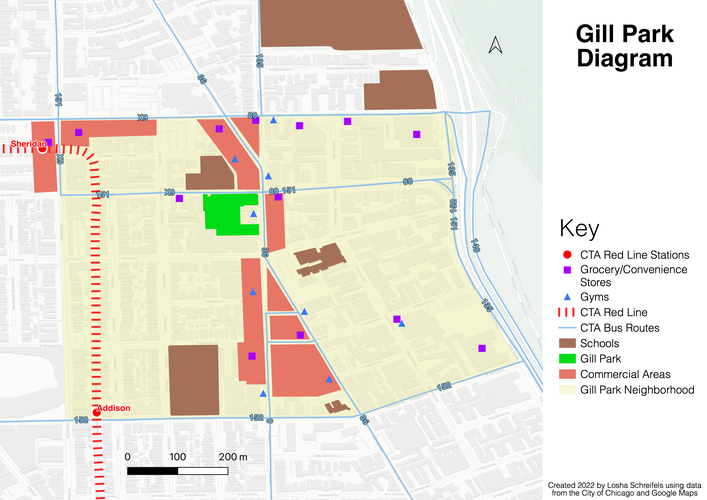
The name of the namesake Gill Park comes from Joseph L. Gill, a prominent Democrat in Cook County during the mid 1900s, who served on the Chicago Park District Board of Commissioners for many years. The site of the park was acquired in 1970 and the highrise structure was built that contains the park’s indoor facilities. The history of Gill Park the neighborhood is a little less clear than that of the park. Gill Park has never really been considered a neighborhood in its own right, it has always been tacked on to other neighborhoods with a more definable character such as Lakeview, Wrigelyville, or Boystown. It is perhaps this vagueness about what exactly the area is that allows it to be less touristy and busy than nearby neighborhoods, leaving the residents to enjoy the relative calm. The history of Lakeview as a whole is more easily found. The area originally started as a resort town, an escape from the hustle and bustle of the city. In the 1850s the area was formally organized into a township, later a city, and by the late 1800s was annexed into the City of Chicago. The neighborhood hosted various amenities intended to attract people to the area such as the baseball field that would become Wrigley Field, and various shopping centers. Many people who moved to the area, especially post-World War II were young, single people, with many being LGBTQ. This trend continues to today, with the area being occupied by much of the same demographic that it was seventy years ago. Much of the area’s development also stems from city investment into the lakefront that first brought people to the area from the downtown.
Data:
Census Tracts Data: https://data.cityofchicago.org/Facilities-Geographic-Boundaries/Boundaries-Census-Tracts-2010/5jrd-6zik
Official “Neighborhoods” Data” https://data.cityofchicago.org/Facilities-Geographic-Boundaries/Boundaries-Neighborhoods/bbvz-uum9
CTA Rail: https://data.cityofchicago.org/Transportation/CTA-L-Rail-Lines-Shapefile/53r7-y88m
CTA Bus: https://data.cityofchicago.org/Transportation/CTA-Bus-Routes-Shapefile/d5bx-dr8z
Schools: https://data.cityofchicago.org/Education/School-Grounds/qxjd-z277
History:
https://www.chicagoparkdistrict.com/parks-facilities/gill-joseph-park
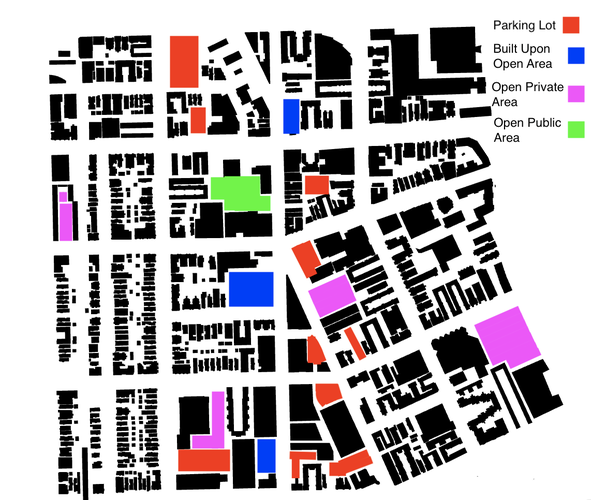

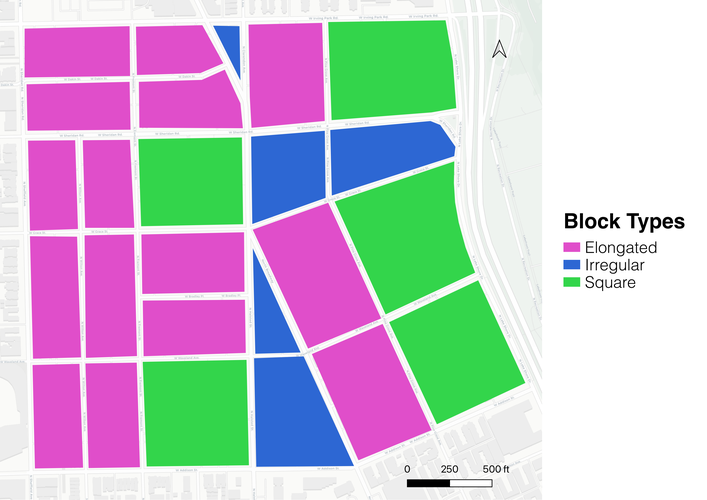
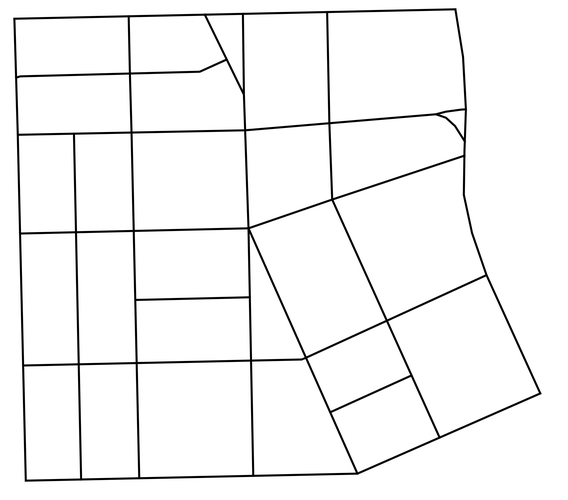
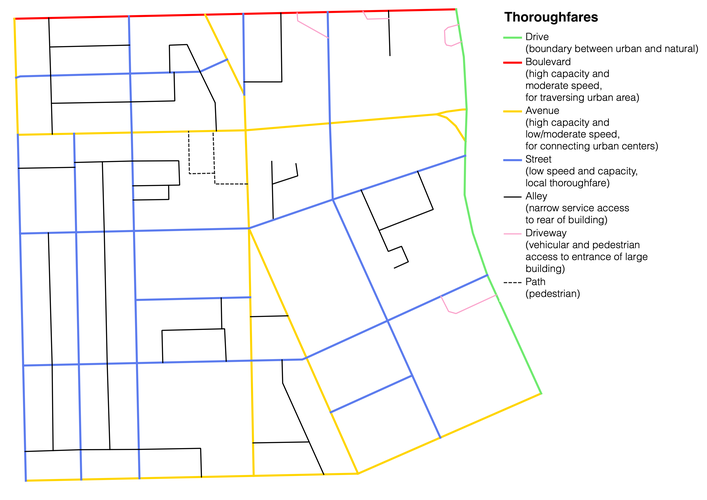
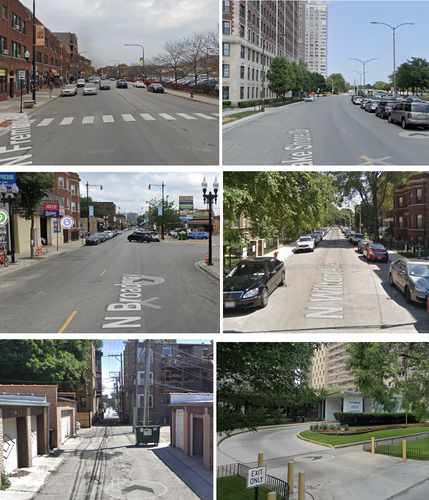
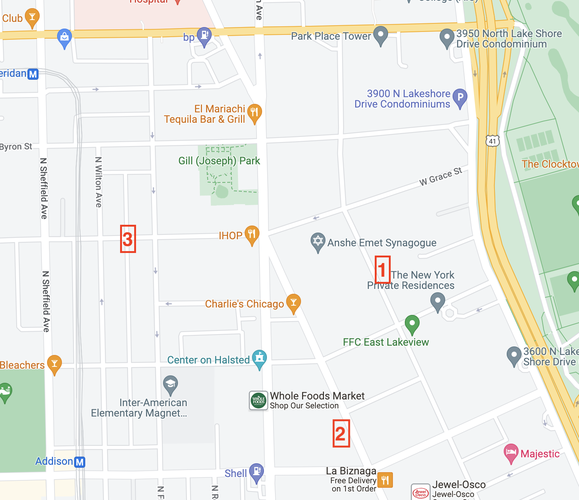
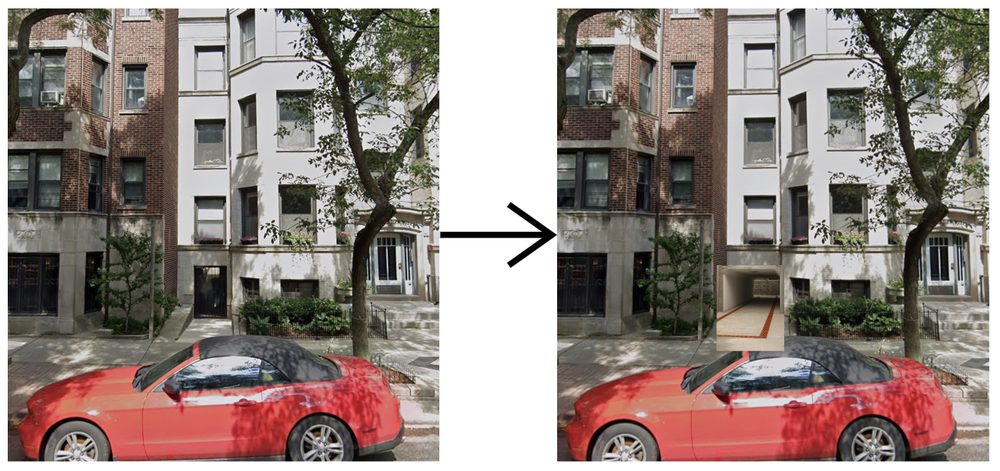

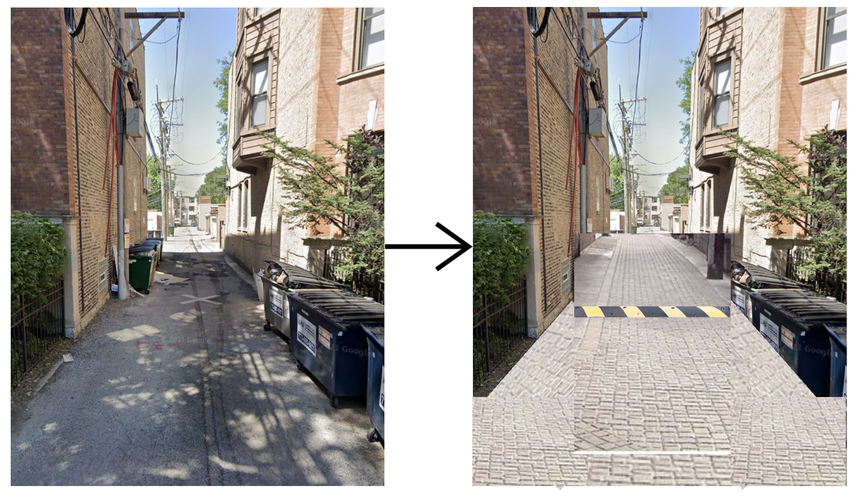
Social Mix
As it is a North-Side-of-Chicago neighborhood popular with young professionals, I would say that Gill Park is unsurprisingly not incredibly diverse, especially when looked at in the broader context of the North Side region as a whole, and the city of Chicago. As seen in the demographics table, Gill Park is a neighborhood filled with white 20 and 30 somethings, with the majority having a college degree or more. The majority are renting and living in large buildings, with the residents that are owning tending to be in lower-value housing, most likely condos as opposed to single-family houses. These demographics aren't really surprising, and would overall be similar to other nearby neighborhoods. Interestingly however, when Gill Park is compared to the community area it falls into, Lakeview, it actually comes away as being more diverse than the community area when taken as a whole except in the diversity of household type. Household type in this chart refers to households as either being a married family, father-only family, mother-only family, or non-family household. As Gill Park is in a very dense area near transit filled with young people who have yet to settle down and start a family, it isn't surprising that Lakeview as a whole, which extends further west with more single family homes, has more family households. It is perhaps this access to transit and more dense areas that gives Gill Park more diversity, by being an attractive area to live in for more people compared to other areas of Lakeview which perhaps cater more specifically to families.
Note: Poverty in the diversity comparison is based on a rating of residents being poor, struggling, or OK financially.